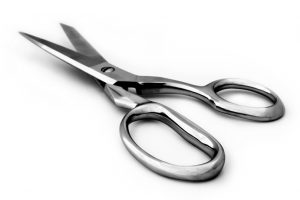
Charts are an excellent way to display data in a visual way and bring it into context. Although charts are more common place in the business world, we can still use charts to analyse expenses or even track our weight, so here is how you do that in Excel.
It’s important to choose the right type of chart for your data, for example although a bar chart could be used to plot you weight over time, a line chart would be the best choice, and a pie chart certainly wouldn’t work. If you wanted to compare the weights of your family members, a pie chart would be appropriate. For more help on choosing a chart, click here: http://extremepresentation.typepad.com/blog/2006/09/choosing_a_good.html
.png)
First you need to enter the data you want to use on your chart into cells on an Excel sheet. For a simple chart, use two columns, each with a heading describing the data. The first column may contain a date, and the second column may contain the number you are tracking, such as your weight in kilos.
.png)
Once the data is entered, select all the cells that make up your list, including the headings and press the F11 key on your keyboard and a basic column chart will be created in a new sheet. You can change the type of chart by clicking on the “Change Chart Type” button on the Design tab.
.png)
If you want the chart to be inserted on the same page as your data, rather than using the F11 key, select your data then go to the Insert tab and choose one of the chart options in the chart group. You can also quickly change the look of your chart by selecting one of the styles from the Design tab.
.png)
If you do insert the chart in the same sheet, you can move it around the sheet by clicking on it and dragging it, and also resize it by clicking on any of the little nobs on the edge of the chart and dragging them in or out. Also use the “Quick Layout” list on the design tab to choose a layout option that suits your needs.







